Eco Ivy Dishwashing and Laundry Soap
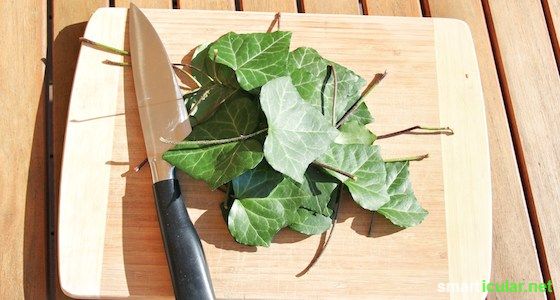
In a previous post I showed you how to make your own homemade laundry detergent with ingredients from the supermarket.
In this post I am going to show you how to make an eco dish or laundry soap with ingredients from your garden. It’s hard to find a dish or laundry soap that is more natural or effective than this one, it is very similar to the organic chestnut detergent. I like this soap because it is all natural, it works and it literally costs pennies to make.
Eco Ivy Soap Ingredients:
- about 60 grams / 2 ounces of ivy leaves (common or English ivy)
- 0.6 liter / 3 cups of water
- half a table spoon washing soda
- a container, for example a mason jar or a fidor jar
Directions:
Shred the leaves and put them in a big pot with the washing soda and the water. Bring to a boil and let the mixture simmer for 5 minutes, stir frequently.
Remove from heat and allow to cool completely. Let the mixture sit until it foams when stirred vigorously. Strain the mixture through a sieve or cheesecloth and pour it into a container.
That’s it, you’ve made homemade Eco Ivy Detergent! The dissolved saponins of the ivy foams well and has a solid cleaning effect for day to day dishwashing and laundry needs.
The washing soda improves the cleaning effect and by killing any germs the ivy detergent lasts longer. This mix works best when used fresh and should be used within a few days. Storing it in the fridge or a cool dark cupboard will increase its lifespan.
If the dish soap is too runny for your liking, you can thicken it example, with guar gum or simple starch. This ensures the usual consistency and improves the detergent.
The Ivy detergent can also be used for washing clothes. Simply put about 200 ml / a cup of the Ivy solution in the detergent compartment of your washing machine.
Even easier: it is possible to wash immediately with fresh ivy leaves. Put a handful of shredded leaves into a wash bag or into a sock and tie the end up and drop it into the washing machine.
But isn’t ivy poisonous?
Just like most plants, ivy is poisonous. Older plants with dark berries are highly poisonous. You should avoid consuming large quantities of the leaves, especially older and darker leaves. However, this soap is meant for topical use and should never be eaten. Ivy leaves have traditionally been used as medicine, for example this ivy leave supplement for bronchial health. Some people may have an allergic reaction to ivy, so start using a small amount and watch for any reactions.
You can find more ideas for herbal receipes in the book The Domestic Alchemist: 501 Herbal Recipes for Home, Health & Happiness:
Have you tried the Eco Ivy Detergent? What other plants do you use for cleaning? Share your tips and experiences in the comment section!
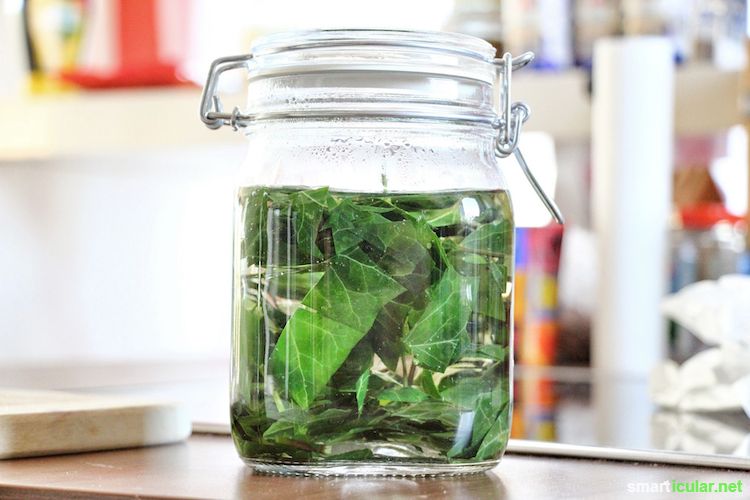

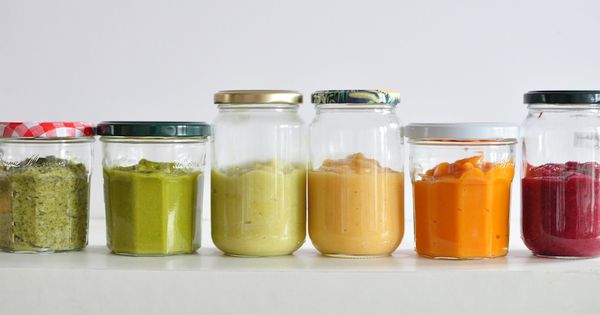
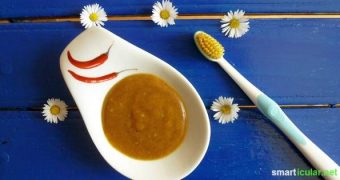
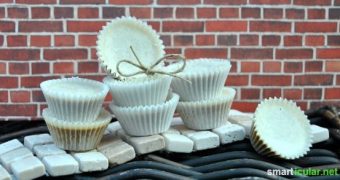
Hedera helix, the common ivy, English ivy, European ivy, or just ivy
See: https://en.wikipedia.org/wiki/Hedera_helix
What kind of Ivy???
Thanks
Can this be frozen?
Hi—Can this be used a bubble bath? I’m thinking for kids who are old/responsible enough to not drink the water or myself.
Many thanks!
If you try it, please soak for five minutes, rinse off in the shower, and then wait twenty four hours to see if you have a reaction. and let us know how it went!
Hi this is a super recipe and quicker than the traditional ones.
I have unexpectedly found myself with a lot of cut ivy, do you think this mixture could freeze for longer storage or last longer with some vinegar in?
Thank you!
No, the saponins in the water will not hurt most plants, but it always possible that a particularly sensitive plant may have a bad response. Unusual, but possible.
The saponins can actually help most plants, because it makes the soil more permeable to water, meaning that more water gets to root level.
Good luck with using your grey water to water our plants! I’ll be putting in a similar system on my place in the not-too-distant future.
Actually in France where this folk laundry detergent has been used for a long time, they gently boil the leaves for 20 mins on low heat. Pot must be covered with a kid. Then the mixture is taken off the heat and left to seep in the water overnight. The next day the mixture is strained and every last drop of water is squeezed out of the leaves. At this point you can add half a teaspoon of bicarbonate soda. You do not add that while leaves are simmering.
Hi Nati,
thank you for sharing your experience with us.
Best wishes!
I’ve just tried this and was amazed at the amount of suds!
Sadly, it hasn’t removed a couple of food stains, but I shall certainly use leaves again for a lightly soiled wash.
We have been using this laundry detergent for over a year now , it works great, no skin reactions, no spots on clothes… looking for a recipe to make body soap, any ideas?
Hi Eric,
you could try this one (it’s not available in English yet, but try using Google translator): https://translate.google.com/translate?u=https://www.smarticular.net/selbstgemachte-naturseife-dein-erstes-rezept/
I want to use the “grey” water from my washing machine to water my shrubs and flowers in the drought conditions we are experiencing now. Can I use the first water, ie, the water that has the ivy leaf “detergent” in on my plants, or would it be toxic to them?
Hello everyone, I am using torn ivy leaves for my washing. I am very happy with the cleanliness of the laundry but there are times when there are green stains on lighter coloured sheets and socks. Does anyone have experience with this problem? I put the sock with the leaves in in with the laundry, it appears anything with a slight mixture of synthetic fibres in them are affected. Has anyone tried comparing the placing of the sock, eg: before the laundry, in with the laundry or on top of the laundry? I use a laundrette so it would be great if I could tell the lady exactly where to place the ‘ivy sock’. She is very impressed with the clean laundry but she worries about the stains. These stains come out in the next wash by the way.
Will whole ivy leaves be as affective in cold wash or hot wash for best results?
I am using soapnut for utensils in a similar way. Its bitter and not intended for consumption, but at the same time it has cleansing properties. Kudo’s please keep it up!!
Can this be used in front loader washing machines?
Hi Rachel,
yes! We do have a front loader and it works very well. Just put it in the normal tray. It is also possible to use whole ivy leaves: stuff them into a sock (a hand full of leaves will do it) and put it to the laundry.
thanks! I have so much ivy in my yard. I am going to try this. I appreciate the resources!